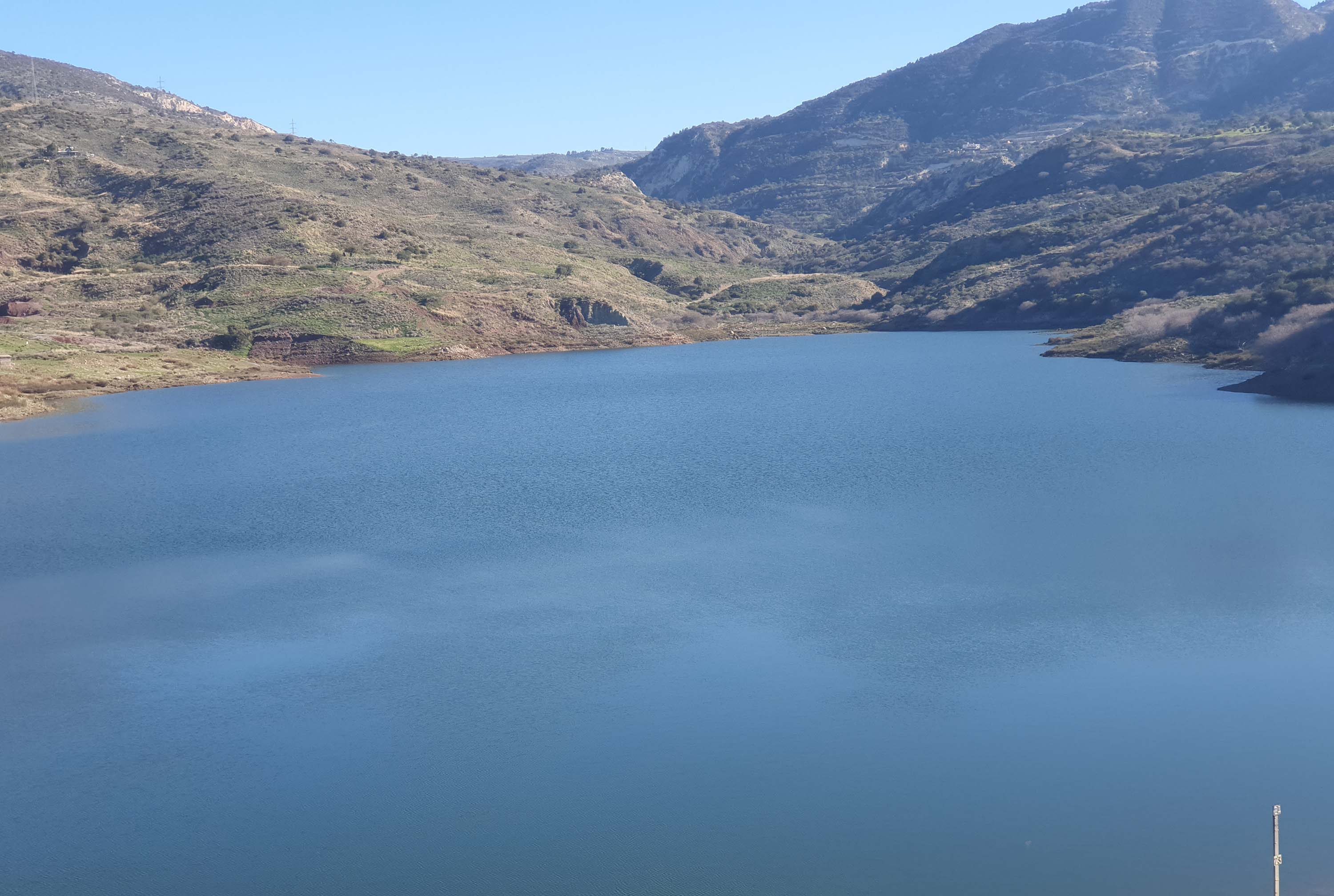The state needs to beef up staffing and maintenance expertise in the Water Development Department (WDD) as other dams built in the same era as Mavrokolymbos, could suffer the same fate, scientific and technical chamber (Etek) president Constantinos Constanti said on Monday.
The technology used in the construction of Mavrokolymbos – last week found to be leaking and needing to be drained – was identical to that used for five other dams constructed in the 1950s and 60s, the expert told CyBC.
Mavrokolymbos, an earthfill dam built in 1966 with a capacity of 2,180,000 m³, was designed by (then) Yugoslavian team Energoproject and built by Cybarco.
The other dams of the same type are Germasogeia and Polemidia, in Limassol, and Argaka, Ayia Marina and Pomos, in Paphos. The five dams’ joint capacity is 19.5 million m³.
Cyprus’ agriculture sector, as a whole, is heavily dependent on rainwater collection in reservoirs and dams, and the country boasts one of the highest numbers of dams per capita.
Experts last week had agreed that repairs to the corroded vent at the bottom of the Marvrokolymbos dam could only be carried out with the loss of all its collected water. However, technology exists to carry out ongoing pre-emptive maintenance works, even on components underneath the water’s surface, Constanti said.
“The state must upgrade its staffing and technical capacities to carry out scheduled and ongoing pre-emptive works,” he urged.
Elsewhere, Akamas Mayor Marinos Lambrou said he expected a “quick repair” of the Mavrokolympos dam after the water reserve was completely drained last week.
On Thursday agriculture ministry Director Andreas Gregoriou had said the reservoir would be emptied of 1.3 million m³ of water and sludge to provide tech crews access to carry out repairs.
Meanwhile, the Paphos district administration head has called for more dams to be built to meet the region’s water needs.
The Paphos WDD had sent a letter to farmers in the vicinity of Mavrokolymbos to refrain from planting any new fruit trees and vegetables, Lambrou told the Cyprus News Agency.
He said it was crucial to prioritise the area’s banana and other existing plantations by diverting water from elsewhere.
The areas which had been supplied by Mavrokolympos are to be covered by the larger Paphos irrigation network, connected to water from the Asprokremmos dam.
Banana crops would be severely affected if repeated water cuts occurred, Lambrou added.
Banana plants require 1,500 tonnes of water (1,500 m³) per decare (1,000m³) per year, while other established trees require less, the mayor explained.







Click here to change your cookie preferences